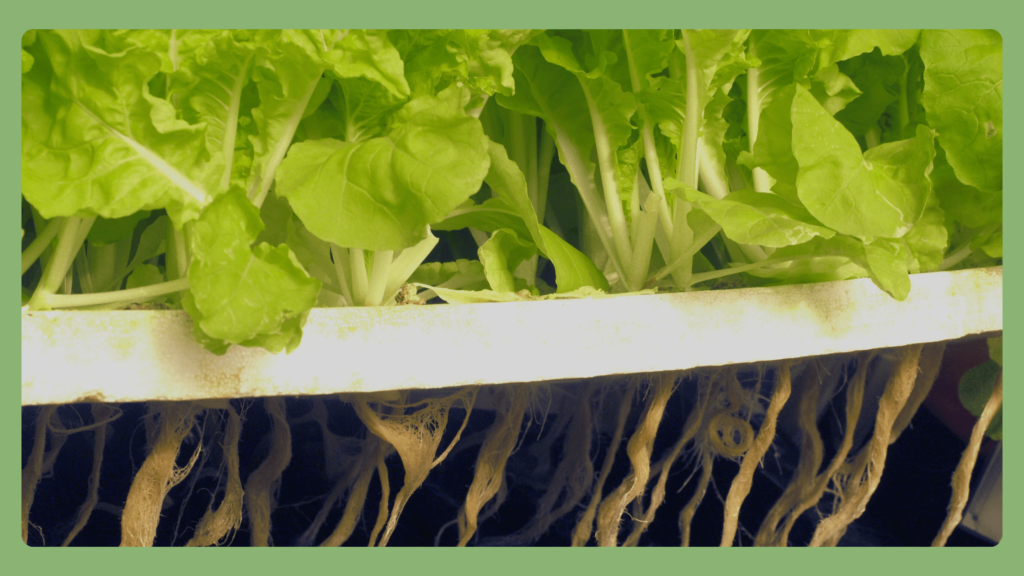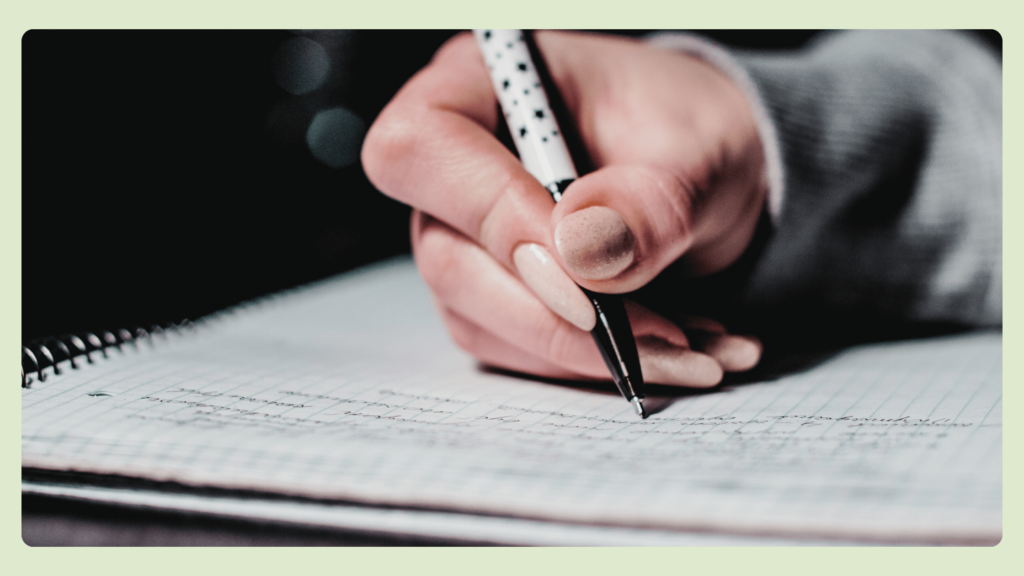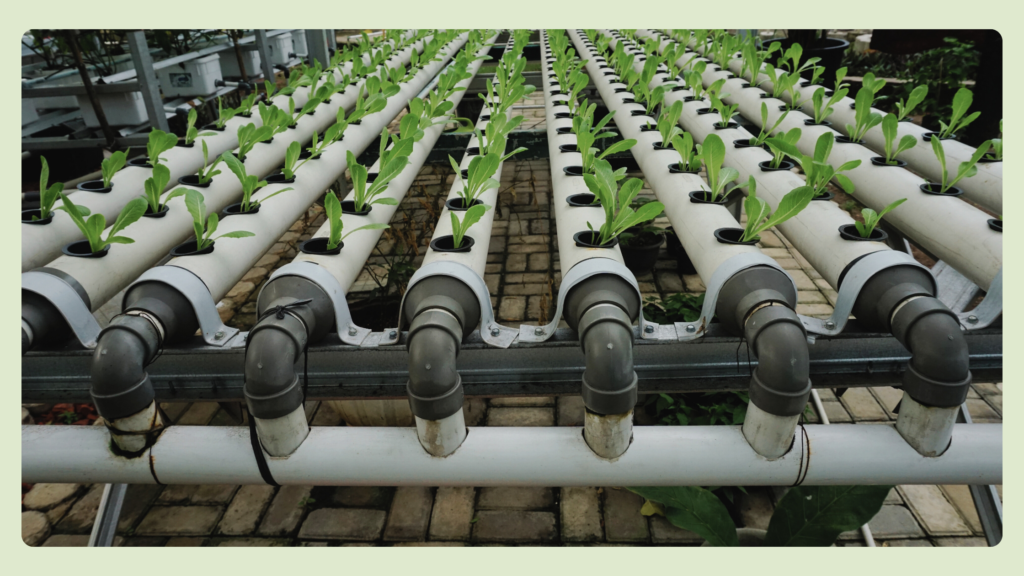The primary step before starting a hydroponic garden is to understand the mechanism. Realizing that each hydroponic system has a different water level. The size of the reservoir and the type and size of the containers also affect the hydroponics water level. In addition, the growing media is also decisive here as they can retain a certain amount of water.
This guide will help you understand these nuances and find the ideal water levels for each type of hydroponic system for your indoor garden.
Ideal Hydroponics Water Level for Each System
Deep Water Culture
In Deep Water Culture systems, the roots will be submerged in water. The water is regularly added with nutrients. However, the growing media should stay above the waterline. This is crucial because keeping the media too wet can lead to problems like rot.
- Maintain the water level 1-2 inches below the net pots.
- Air bubbles from the aeration system should be able to reach the roots.
- Keep the media moist without any waterlogging.
Flood and Drain (Ebb and Flow)
In flood and drain systems, the water periodically rises to nourish the plants’ roots. The key here is not to flood the growing media completely.
- Set the water level 2 inches below the top layer of the growing media.
- If you’re using rockwool, reduce the water level by another inch since it absorbs and holds water quickly.
- Keeping the top layer of the media dry prevents issues like stem rot while still hydrating the roots effectively.
Read: Tips to Grow Hydroponics Root Vegetables
Nutrient Film Technique
The mechanism behind the Nutrient Film Technique or NFT is a thin layer of water. Here a continuous flow of thin layer of water keeps the roots hydrated. In these systems, less water is often better.
- Maintain a thin layer of water—just a few millimeters deep.
- If the media holds water well (like coco coir), you can increase the water level to about 1 centimeter.
- The key is to ensure the water flows steadily to avoid waterlogging the roots, which could harm the plants.
Drip Systems
A drip system feeds water slowly through controlled drops. The focus here is to ensure moist growing media. The excess water should not cause waterlogging and must drain properly into a reservoir.
Monitor root growth carefully—if the roots block the drainage, it can lead to clogging and damage the system.
Wick Systems
In wick systems, the water is drawn from the reservoir through wicks and transported to the growing media. The grow media stays separate from the water, so water levels aren’t a big issue here.
Choose a highly absorbent media, like coco peat, to retain moisture effectively. Use fewer wicks or different container sizes to adjust the flow of water.
Aeroponics Systems
In aeroponics, the roots are in the air, literally. They are not submerged in water or embedded in soil or any type of growing media. You need to spray the mist of nutrient-rich water on the roots to keep them moist. It just requires a reservoir to store the water for spraying.
Spray at regular intervals so that the roots do not dry out and to ensure that the roots get the right amount of moisture.
Wrapping Up
Remember that each type of hydroponic system has a different water level that can impact the fate of your indoor garden. At the same time, systems such as DWC, NFT, drip and wick systems, etc are more forgiving, even if you are not keen on the water levels. Regardless of the hydroponics system you choose, you need to provide proper care and enough time to get a lush and prosperous indoor garden!




